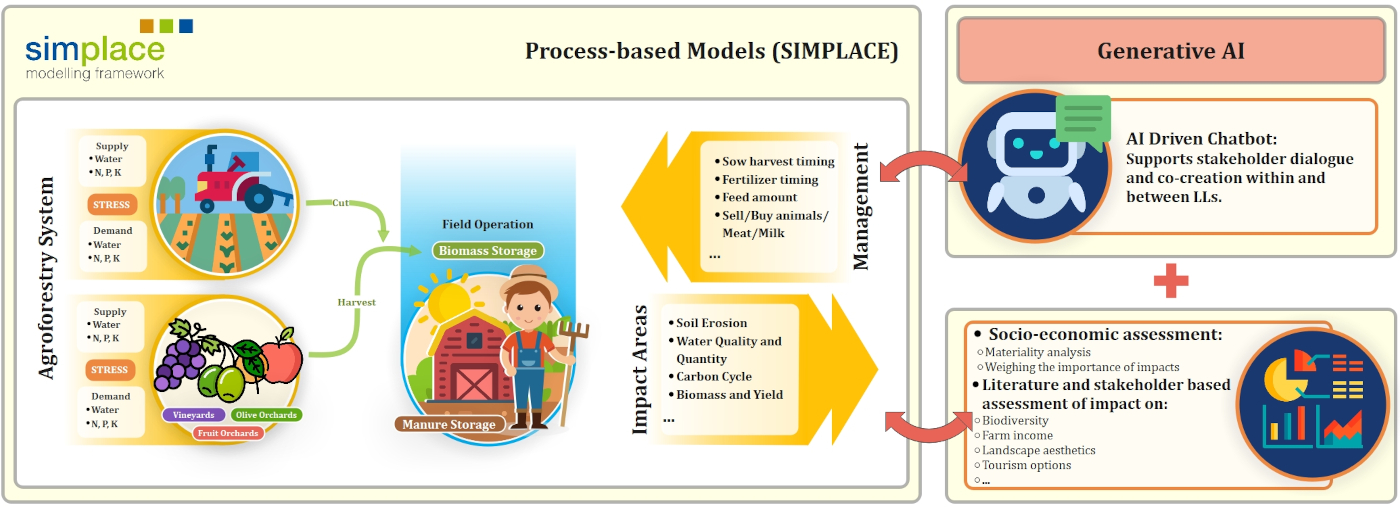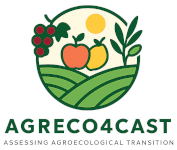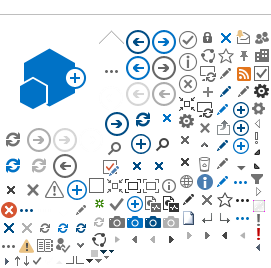Concept & Approach
AGRECO4CAST is build on a strong co-design and stakeholder (SH) involvement aiming at creating a generic toolbox of existing modelling approaches, as well as socio-economic assessment tools, to evaluate the present-day and future impact of landscape system elements under an agroecological perspective.
After the identification of sustainability criteria for the agroecological transition (e.g. biodiversity, soil erosion, water resources, carbon dynamics, farmers income, workload, landscape aesthetics) we will define respective boundary conditions and assess transition impacts on these criteria using the toolbox.
 Figure 1: Digital toolbox for assessing LL performance: powered by models, sociao-economic assessment & AI. © ZALF.
Figure 1: Digital toolbox for assessing LL performance: powered by models, sociao-economic assessment & AI. © ZALF.
Hence, the present-day status of the landscape system can be assessed and discussed with relevant SH. Potential agroecological measures will be identified in a co-design process, and multiple future agroecological transition pathways will be formulated. Taking into account the expected future boundary conditions based on IPCC scenarios, a thorough assessment of the effects of the agroecological transition pathways will be conducted using the AGRECO4CAST toolbox. The results will be discussed with the relevant SH in round table formats to develop specific recommendations and strategies for the implementation of the agroecological measures. Finally, respective monitoring of the defined agroecological criteria will be tailored to evaluate and control the success of the proposed and implemented measures.
The AGRECO4CAST assessment framework allows to:
- identify suitable and feasible agroecological measures for the specific conditions of the LL-partners;
- evaluate their socio-economic and environmental impacts, taking into account future climate and socioeconomic changes as well as SH needs and preferences;
- derive potential alternatives to conventional management of agroforestry landscapes having perennial cropping systems; and
- redesign the respective landscape and develop monitoring systems to control the success of the tr ansition.

